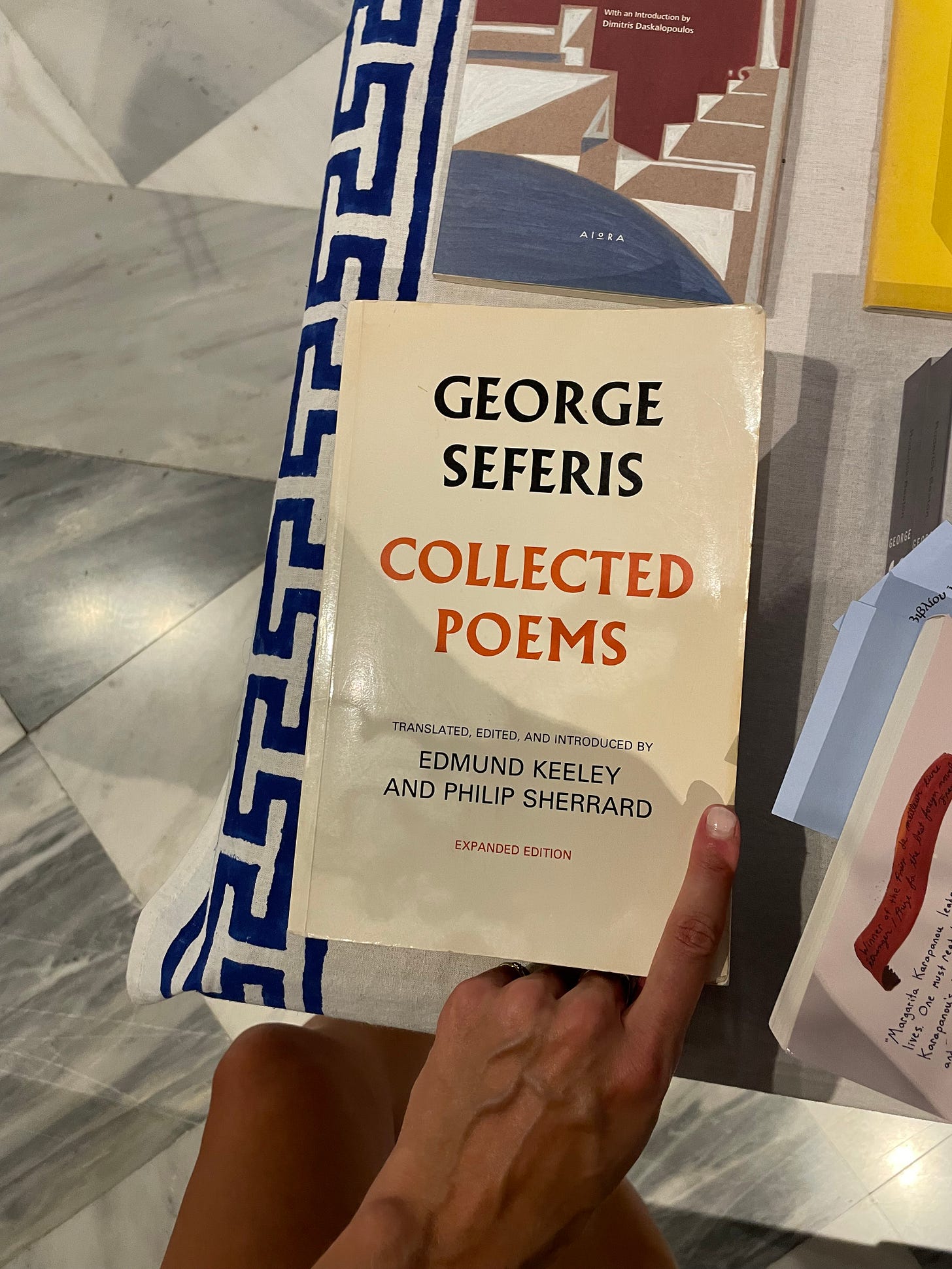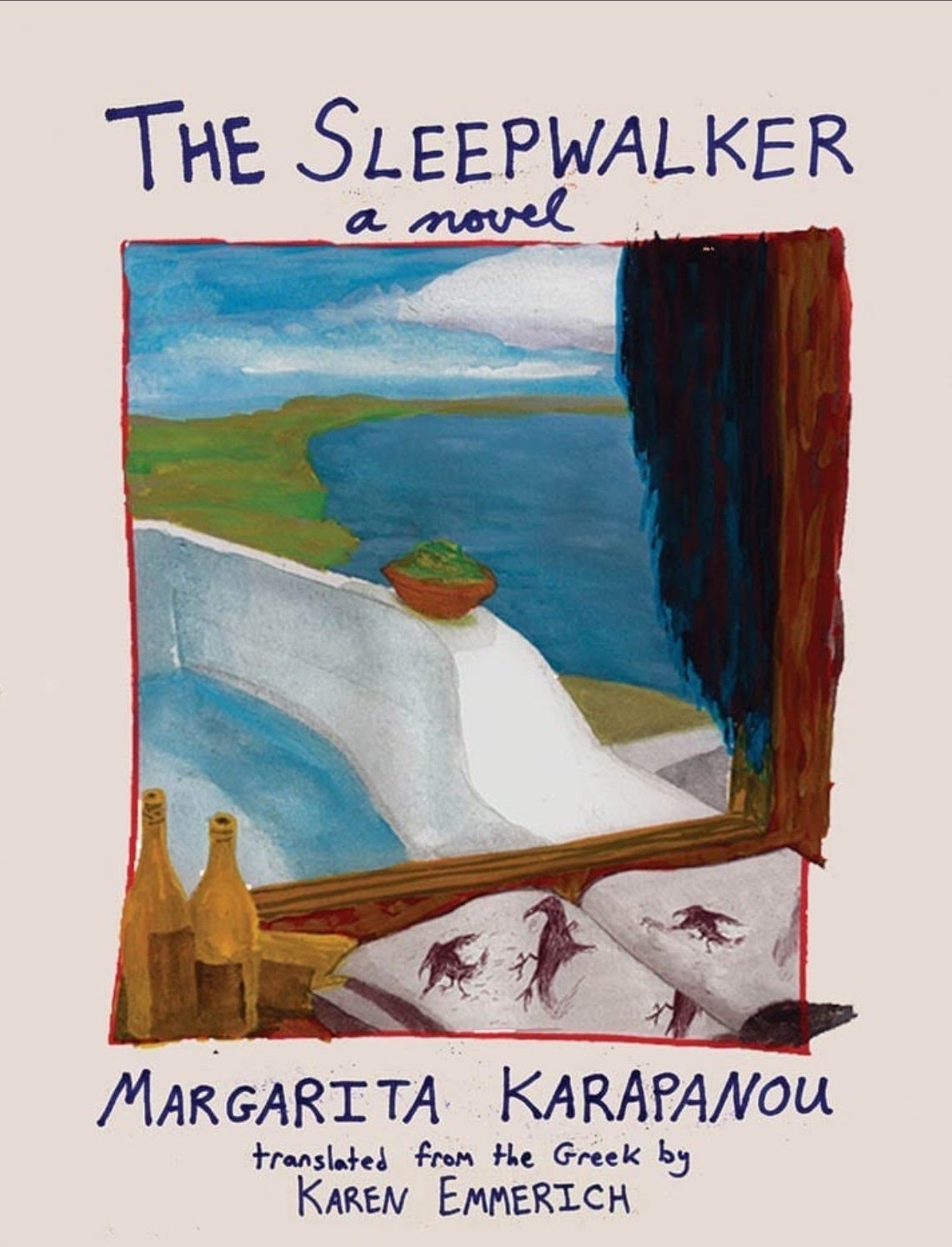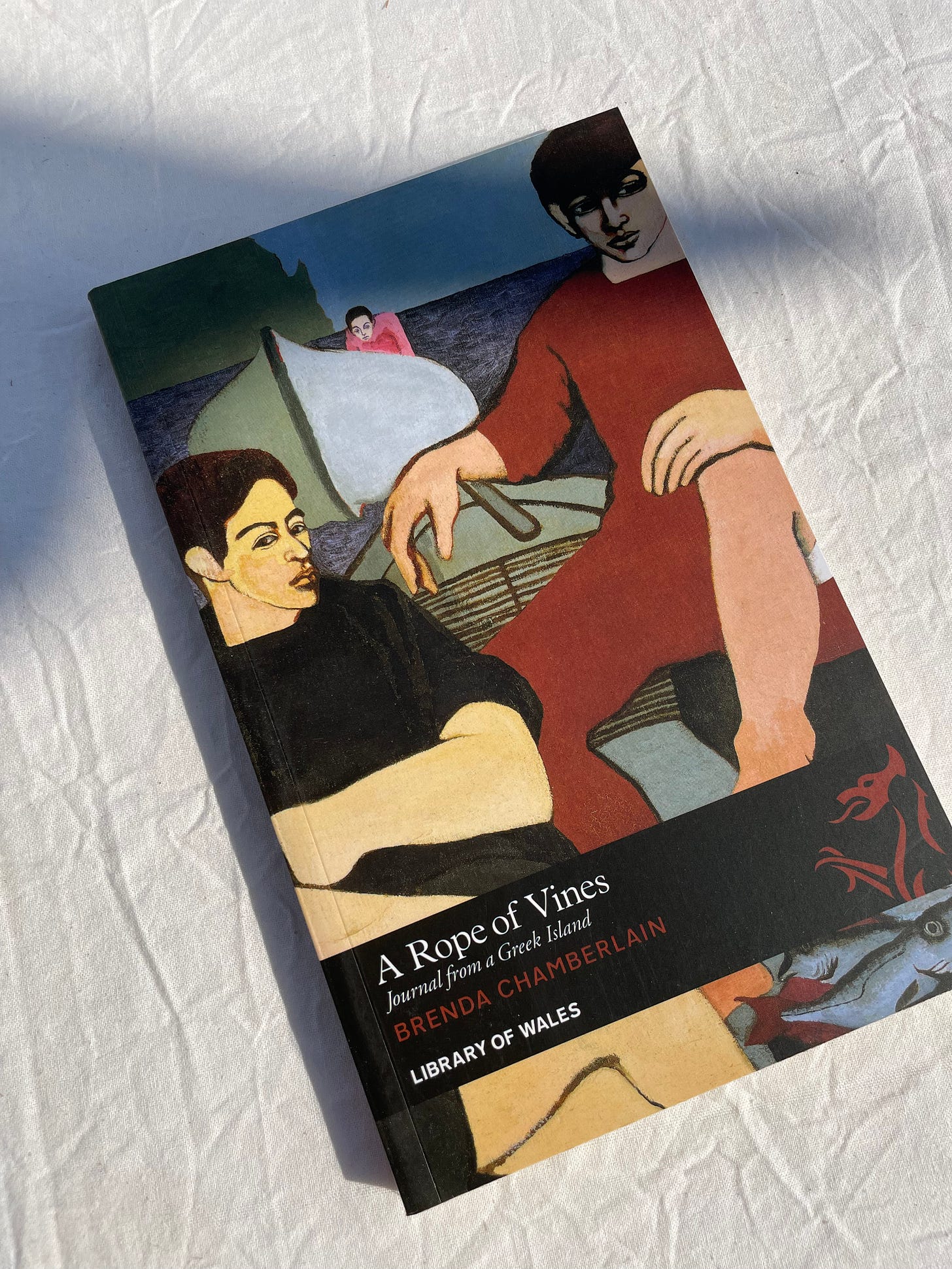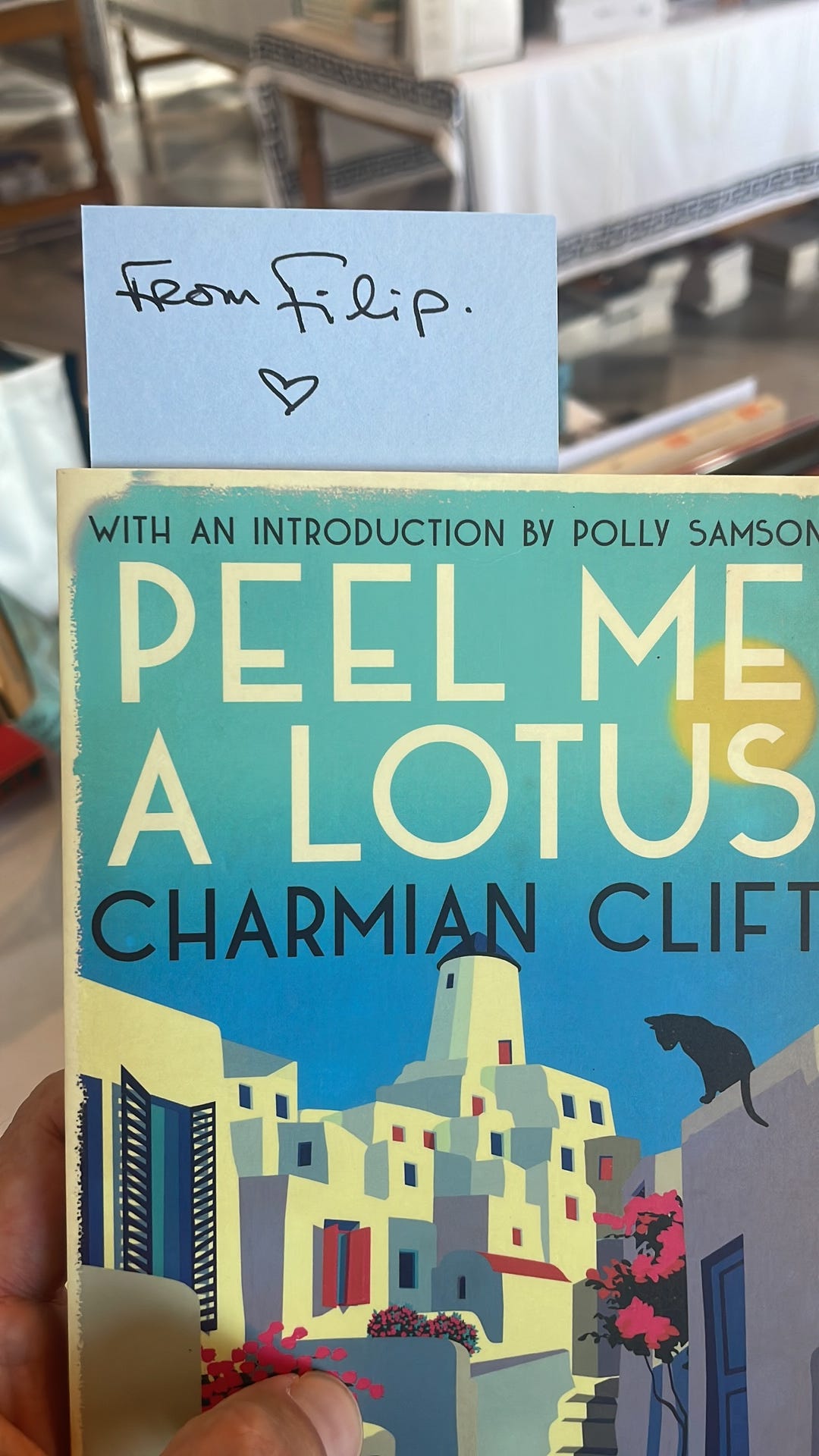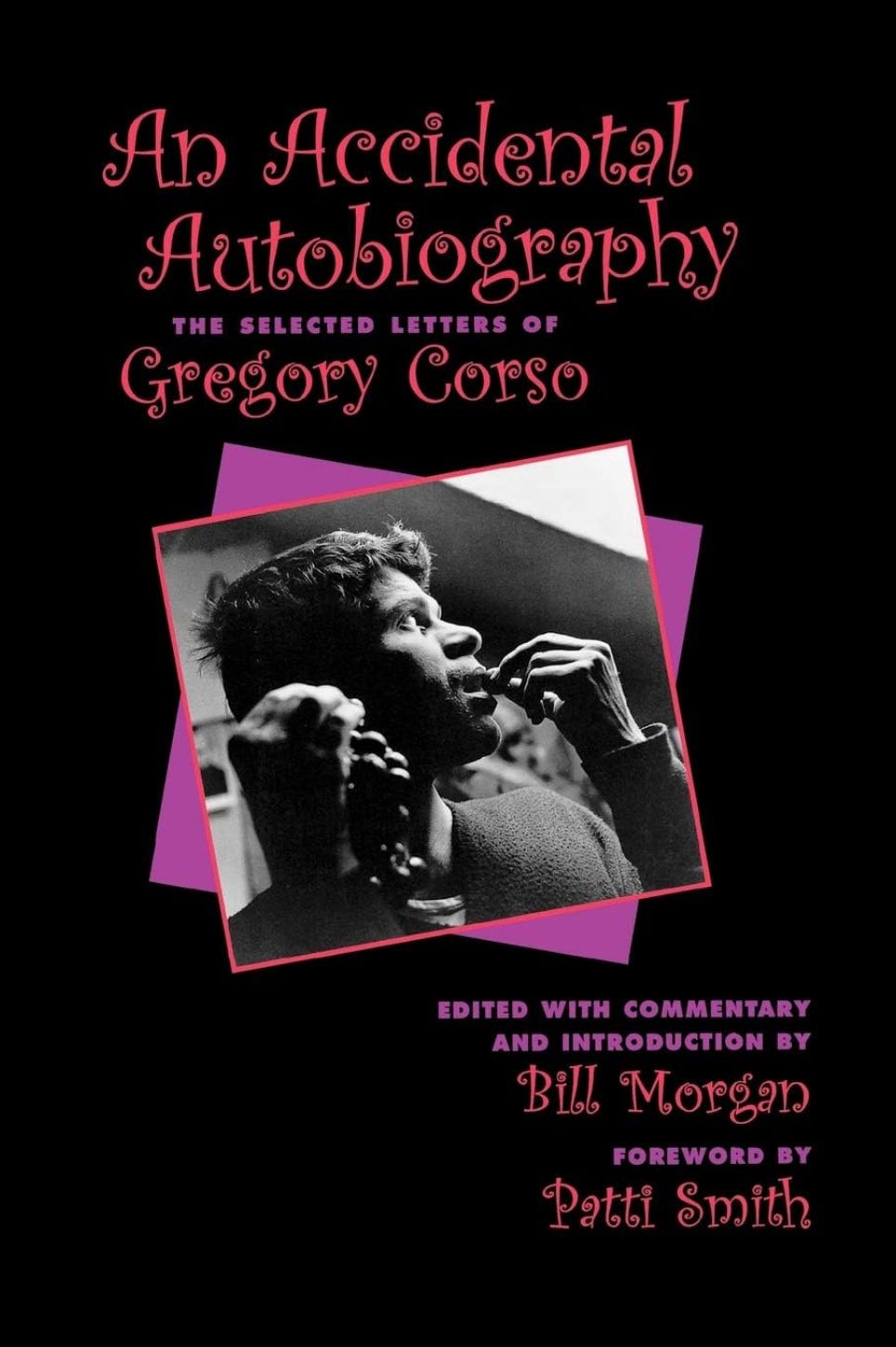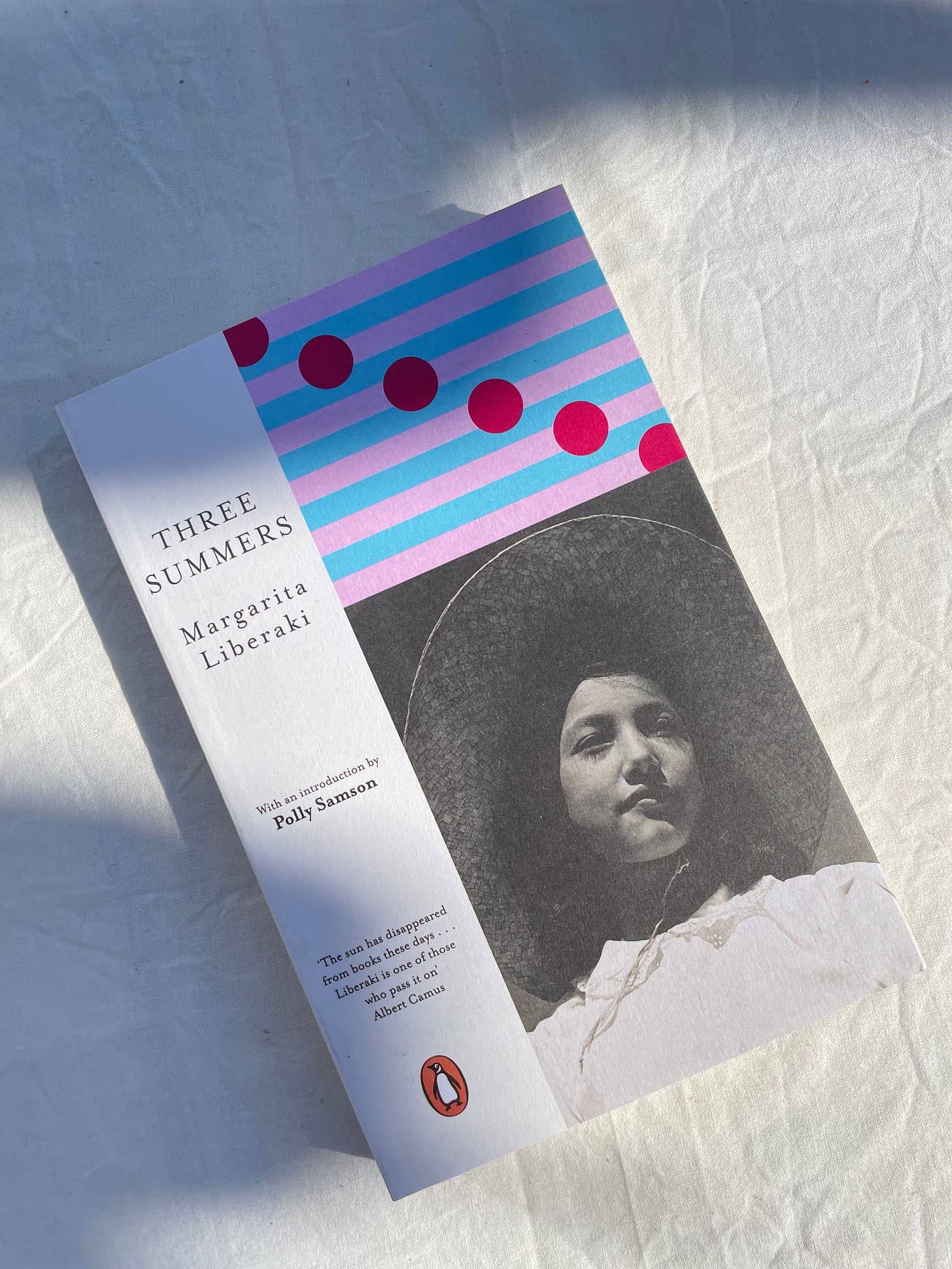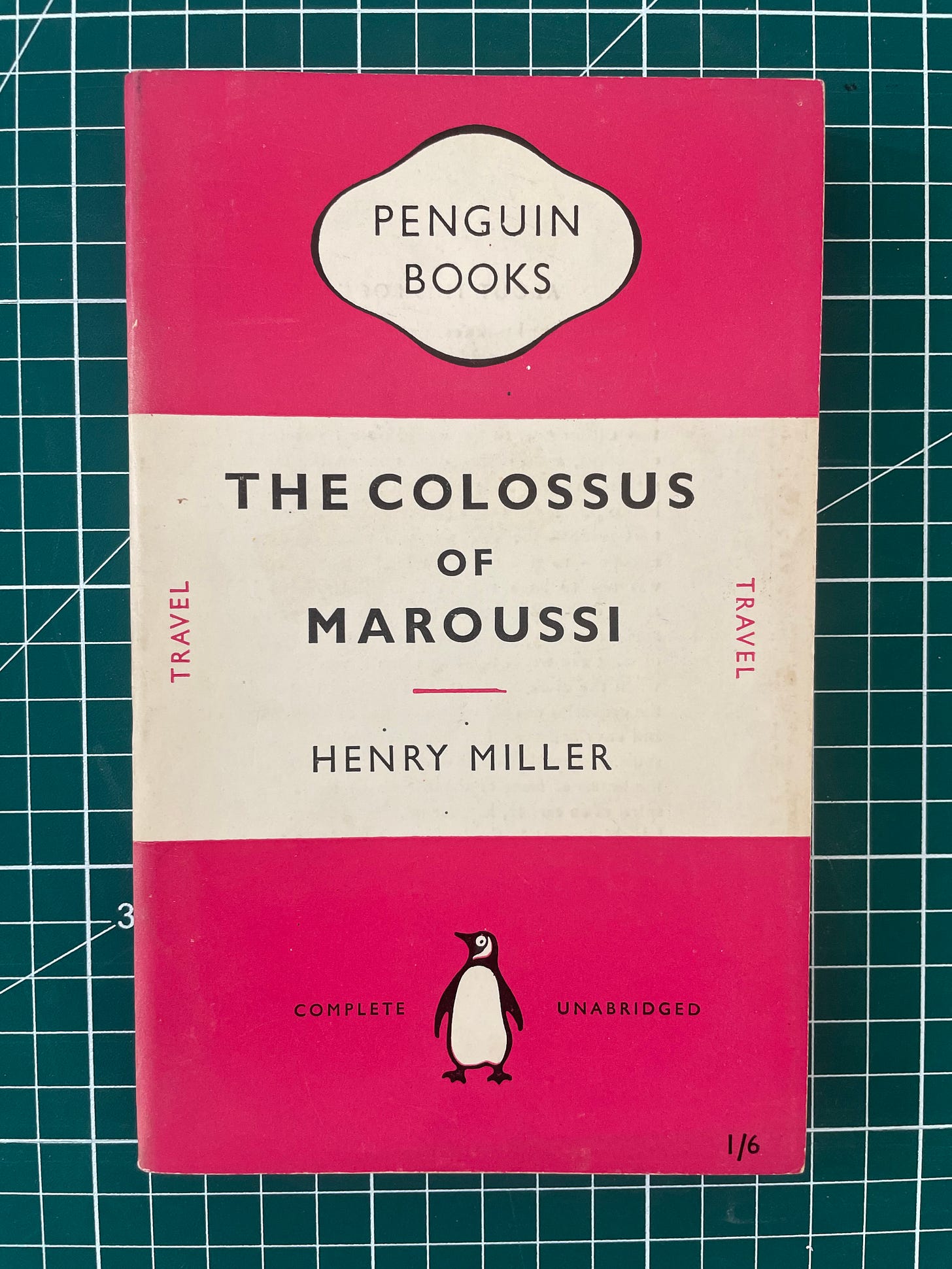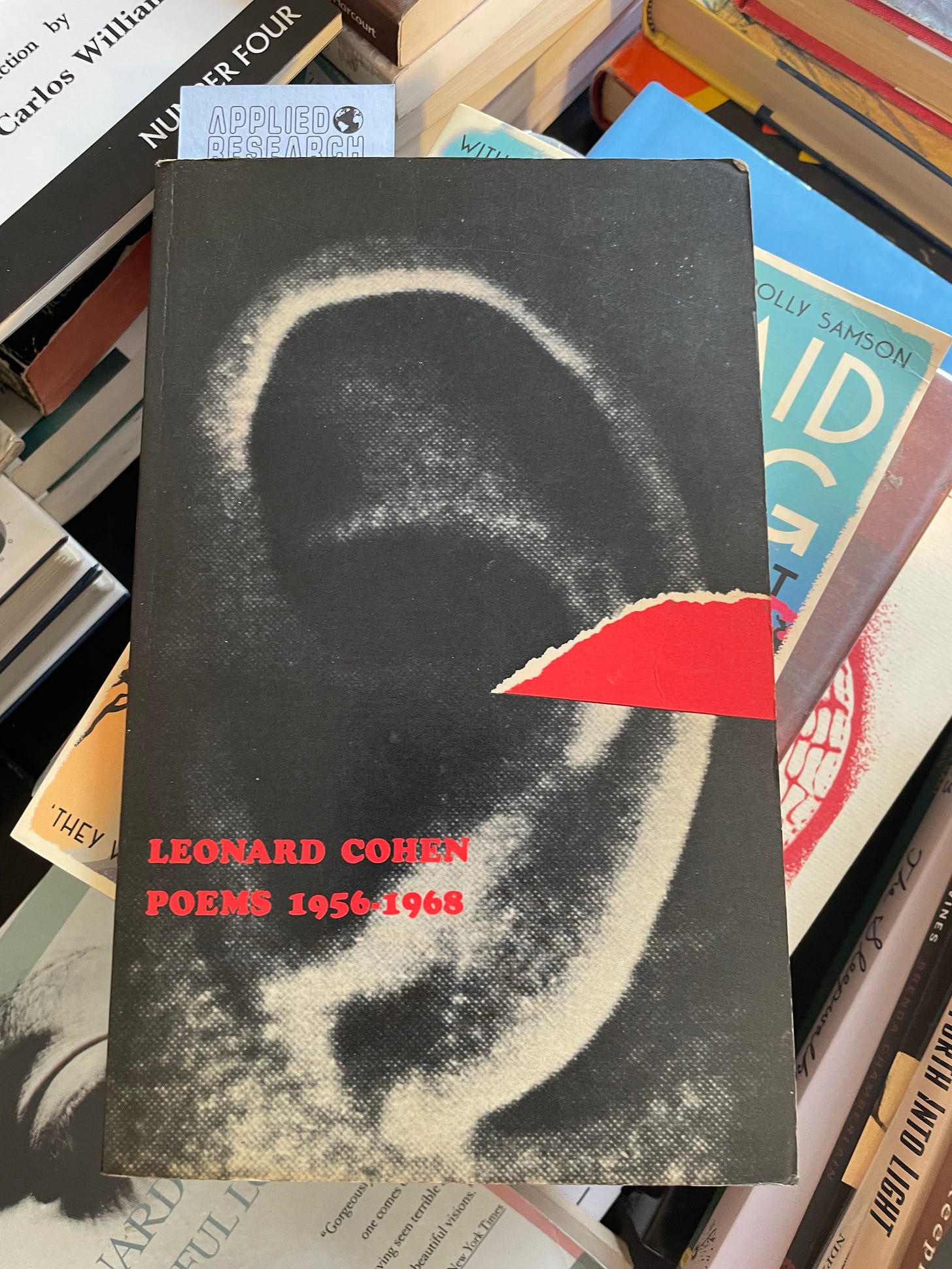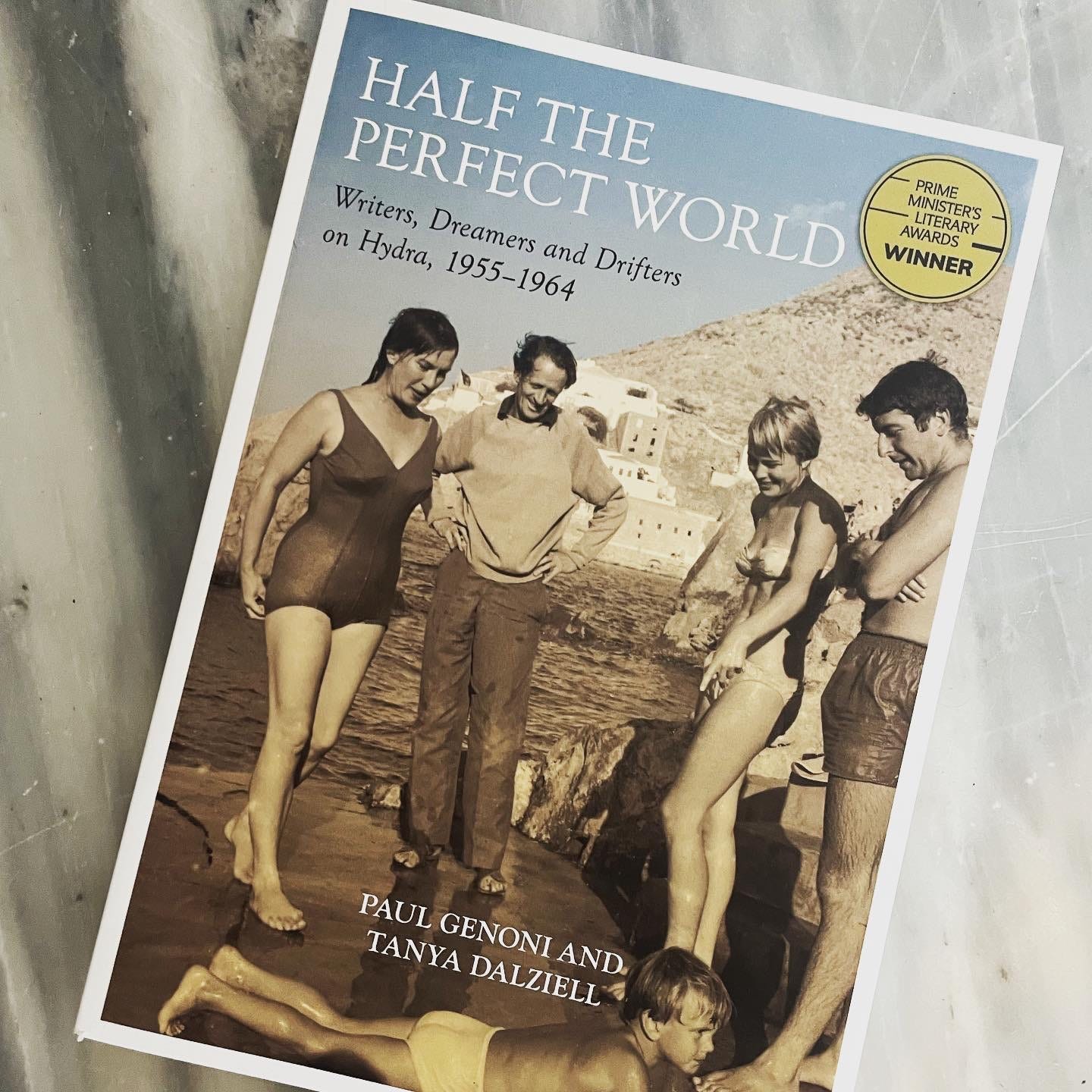Hydra is an historically literary island. A community of readers and writers have been part of an active “scene” here for nearly 100 years.
To make a selection of recommended reading begins with the most well-known authors linked to the island: Henry Miller’s The Colossus of Maroussi, George Seferis’ Mythistorema, or any of Leonard Cohen’s beloved verse. These show only the very tip of the iceberg.
They are joined by Patrick Leigh Fermor, Elizabeth Jane Howard, Lawrence Durrell, Charmian Clift, Jeanette Winterson, Gregory Corso, Margarita Karapanou, Allen Ginsberg, Amanda Michalopoulou, Margarita Liberaki, Harold Norse, Odyssseus Elytis, Deborah Levy, Paul Preciado, George Johnston, Gordon Merrick, Brenda Chamberlain, and Rachel Cusk - to name but a few.
Through literature, we encounter a more nuanced and authentic side of Hydra and its residents, one that goes deeper through its winding alleyways, higher up the mountain, and more directly into the complexity of this very unique island. We also understand how this community of artists/friends has been and remains so influential in the lives and work of so many great writers both Greek and international.
I’ll use this new substack to take the time to elaborate on different periods or groups of friends - the American beat Generation poets for example - and the work they generated here.
For now, this is the first part of the survey - the HBC essentials. If you have been to see us in Hydra, you have most likely left with one or more of these titles.
Let me know if you have read these, if any moved you in a particular way, or if one stands out as a true expression of Hydra life as you experience it. Remember: these are our “essentials” and we’ll be expanding this list, getting deeper into the island’s scene in the near future - so keep reading!
Collected Poems, George Seferis
These poems are a gateway to the essence of modern Greece, and the Greek style. In the work, Mythistorema, Seferis praises Hydra, captures it, lauds its revolutionary and untamable spirit. He writes, “The sea once so bitter to your soul / bore the many-colored and glittering ships / it swayed, rolled, and tossed them, all blue / with white wings, / once so bitter to your soul bore the/ now full of colors in the sun.” Seferis was awarded the Nobel prize for literature in 1963 for "for his eminent lyrical writing, inspired by a deep feeling for the Hellenic world of culture."1 Seferis modernist style led him to the forefront of what is known as as the Generation of the 30s, an interwar artistic and social movement marking a new chapter in modern Greek thought and writing. Hydra was a magnet for many in this group, and there they mixed with prominent international writers like Henry Miller or Lawrence Durrell, mostly in the Greek painter Nikos Hadjikyriakos-Ghikas’ home in Kamini.
The Sleepwalker, Margarita Karapanou
This is a hallucinatory novel, a dark parable set on Hydra. The main character is the island policeman who is part God and part serial killer. Tensions between locals and foreign “artists” become deadly as the island is scorched by heat and eventually swallowed by garbage. If it sounds crazy, it is, yet acutely accurate in its depiction of island tension still palpable today. It is written as a blur between the real and the perceived, as is typical of Karapanou’s work. Karapanou lived on Hydra with her mother, the writer Margarita Liberaki.
A Rope of Vines, Brenda Chamberlain
Welsh writer Brenda Chamberlain journaled her personal experience living on Hydra in the early 1960s. She was visiting the island with her Greek lover who “accidentally” killed an English tourist in a brawl on the port. The lover was sent to Athens to await trial, but Brenda decided to stay. Brenda was horrified by the libertine artists and hangers-on in the tavernas around the port, She saw only artifice and decadence in the “bohemian” crowd. She decided to take refuge in the monastery, living high on the mountain with the nuns. Her poetic observations are accompanied by her own eerie line drawings of the island’s landscapes.
Peel Me a Lotus, Charmian Clift
Perhaps the most underrated yet influential foreign writer on the island, Charmian Clift was known to be extremely generous, tending to a flock of artists and writers all in various stages of anxiety, depression, ecstasy and often alcoholism. She was the hub of the artists’ community of Hydra for decades. In Peel me a Lotus, she tells the very personal story of her early days in Hydra, buying a run-down house, having a child, navigating Greek tradition and invasive neighbors all while holding court to a nightly social scene of foreign artists. Another great novel to be re-published recently, after being several decades out of print. Polly Samson has written the introduction to this new edition as well, and her intro gives a great context from which to start reading.
Filip has published the Polish translation in 2024 and the translation of Mermaid Singing comes out this year, 2025.
An Accidental Autobiography, letters of Gregory Corso
This is a fascinating collection of letters written by the American Beat Generation poet Gregory Corso to his contemporaries like Allen Ginsberg and Lawrence Ferlinghetti, among others. Though these letters cover a lot of the distance Corso traveled, there are some absolutely remarkable ones written from Hydra. In one, Corso recounts first how he assaulted a LIFE magazine photographer sent to Greece to cover Leonard Cohen and continues to describe a (substance-induced) awakening he had while hiking out to the tip of the island. He speaks of the light and powerful, rugged nature as teachers—familiar, violent, yet loving. The forward is by Patti Smith.
Three Summers, Margarita Liberaki
Liberaki is the mother of Margarita Karapanou and was also a great writer living between Hydra, Athens and Paris, where she was a friend of JP Sartre and to Albert Camus who was an avid supporter of Liberaki’s work. Though this novel takes place in an Athens suburb, the pace and detail with which she unravels the events that occur to three sisters over three summers gives great insight into a more carefree youth in a new post-war era. Liberaki also wrote the screenplay for the Jules Dassin directed film Phaedra which starred Melina Mercouri and Anthony Perkins.
This piece in the Paris Review is excellent and gives insight into both Liberaki and her daughter Karapanou. Three Sisters, Three Summers in the Greek Countryside, by Karen Van Dyck, the translator.
The Colossus of Maroussi, Henry Miller
“Aesthetically it is perfect, the very epitome of that flawless anarchy which supersedes, because it includes and goes beyond, all the formal arrangements of the imagination. This purity, this wild and naked perfection of Hydra.”
Miller wrote The Colossus of Maroussi in New York after travelling nine months in Greece. The way he writes of the friendships he made there, particularly with George Katsimbalis (who IS the colossus himself), the landscapes, and the particular light is often cited a his best. I must agree. The book, which chronicles his travels in 1939, expresses a revelation, as if Miller is seeing truth for the first time. Then, another truth creeps in as the onset of the Second World War requires him to leave Europe.
The poetry of Leonard Cohen
Leonard Cohen moved to Hydra to write. He was an excellent poet and later expressed this through his music. These early poems are among the strongest, most raw, and most captivating. While Cohen also wrote two novels, I truly feel his talent as a writer is most well expressed in verse.
Cohen’s time on Hydra, his love affair with the island and its people, as well as his his legendary love affair with Marianne Ihlen have all become subjects of films, TV series, and many books - often rather gossipy.
Half the Perfect World, Tanya Dalziell and Paul Genoni
Half the Perfect World is an academic work, but I have included it as it succinctly and accurately documents the “bohemian” era in Hydra. This book to the perfect crash course in that time, with all of the characters and their individual dramas. Though academic, it reads like a novel. It does focus on Charmian Clift and George Johnston, as they were the anchor point for so many gravitating to the island at this time, including Leonard Cohen. The authors Tanya and Paul have written many articles, organized conferences, and speak often on the subject. This is a truly authoritative guide to this period of Hydra history.
Thanks for reading, Stay tuned for Part Two!
To find these books, ask your local bookseller!
Giorgos Seferis – Facts. NobelPrize.org. Nobel Prize Outreach 2025. Fri. 28 Feb 2025


